Hollywood’s gender wage gap is not a new issue, but it’s one that keeps coming up. Everyone from Emma Watson to Viola Davis — and even some famous men (we’re looking at you, Bradley Cooper!) — have spoken out about the topic in the past few years.
But why are women in Hollywood getting paid less?
While there’s no one answer, the pay gap essentially has to do with the fact that the industry is male-led. According to a New York Times analysis from 2016, 80 per cent of executives who choose which movies are being made in Hollywood are men. As a result, women are getting fewer lead roles.
According to a UCLA study, women were outnumbered two to one in film leads from 2012 and 2013. When it came to film directors, the ratio was eight to one, and for film writers, it was four to one.
On top of that, studies have found that dialogue for women in film decreases as they age, but increases for men, and that women are paid significantly less than their male counterparts after the age of 34.
Explaining Hollywood’s willingness to pay higher salaries to younger women, Timothy Judge, author of a study looking at age, gender and compensation in the industry, said, “Women are evaluated more on their beauty than are men, and if beauty is defined in part by youth, then this rather explains why — in appearance-based occupations — young women are more valued than young men.”
Judge added that the double standard shows what's going on in the rest of the world. “Hollywood is, in a sense, a window to society,” he told Variety. “The trends we see in Hollywood are only more dramatic trends that we see more generally in the population.”
At a time when it feels more important than ever to showcase diverse women on screen and in real life, we need to wake up to the realities of the gender wage gap. To draw attention to this, here are seven female actors who were paid far less than their male counterparts. The disparities are shocking.
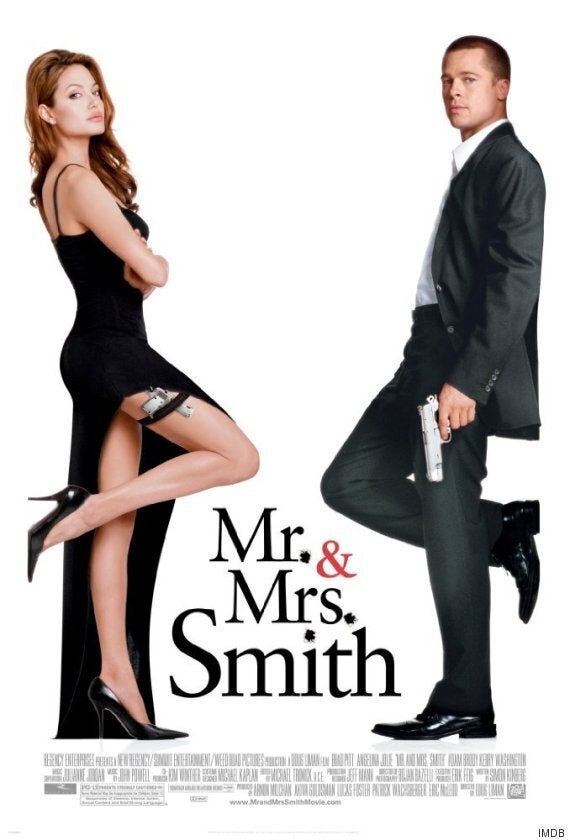
When “Mr. & Mrs. Smith” was released in 2005, both Angelina Jolie and Brad Pitt were at the height of their star power. But while many would consider them to be on par, their salaries revealed otherwise. While Pitt made roughly $20 million for his role, Jolie only made half of that.
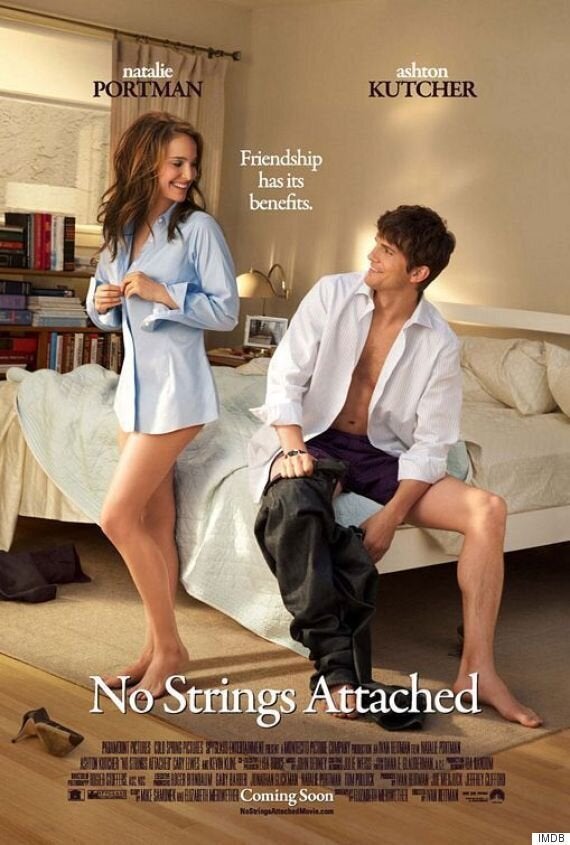
In 2011, Ashton Kutcher made triple Natalie Portman’s salary for starring in the rom-com “No Strings Attached.”
“I wasn’t as pissed as I should have been. I mean, we get paid a lot, so it’s hard to complain, but the disparity is crazy,” Portman said in a Marie Claire U.K. interview. “Compared to men, in most professions, women make 80 cents to the dollar. In Hollywood, we are making 30 cents to the dollar.”
Following the actress’ pay gap comments in January, Kutcher applauded Portman for speaking up.
“So proud of Natalie and all women who stand up for closing the gender pay gap!” he wrote on Twitter.
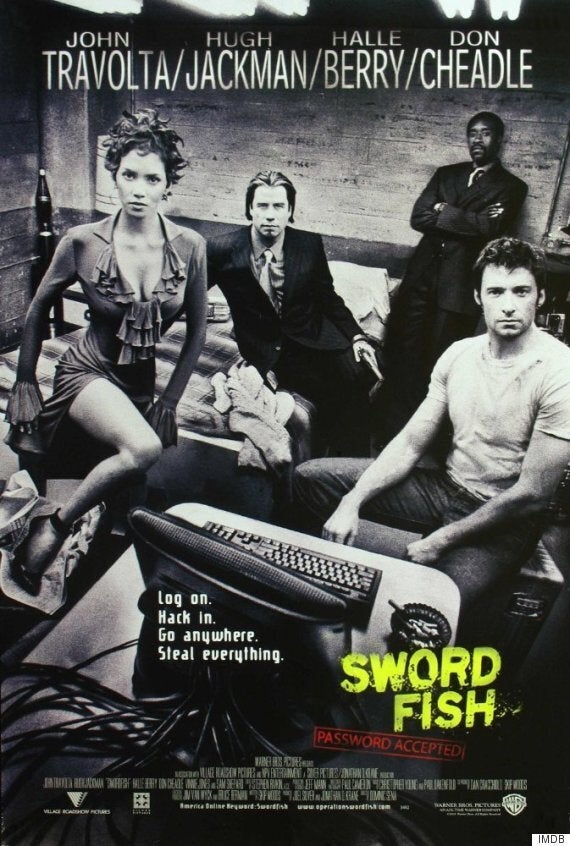
The disparity between Halle Berry and John Travolta’s salary in “Swordfish” is one of the most surprising. Despite earning a $500,000 bonus for showing her breasts in the film, Berry still only made $2.5 million, while Travolta made a whopping $20 million!
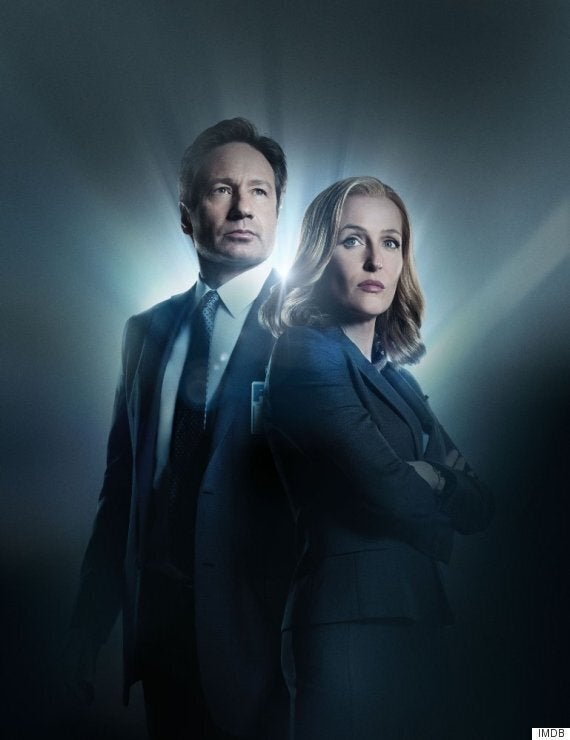
“The X-Files” just wouldn’t be the same without Scully. But despite playing an integral role on the show alongside David Duchovny, Gillian Anderson was initially paid less.
The actress fought for equal pay during the original series in the '90s, but she was shocked she had to do so again when they asked both stars back for the reboot and only offered Anderson “half” of Duchovny’s salary.
“It was shocking to me given all the work that I had done in the past to get paid fairly, especially in this climate of women talking about the reality of unequal pay in our business,” she said.
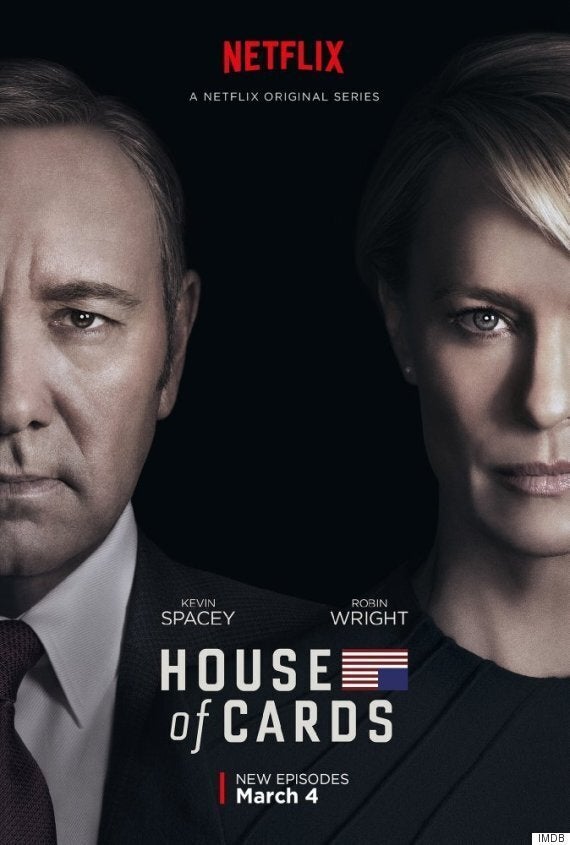
Robin Wright and Kevin Spacey play the ultimate power couple in Netflix’s “House of Cards,” but unfortunately, the two didn’t initially share the same salaries.
According to Business Insider, Spacey earned $500,000 per episode in 2014, while Wright earned $420,000.
In 2016, Wright revealed that she was able to close the gap because she demanded equal pay.
“I was like, ‘I want to be paid the same as Kevin,’” she said. “I was looking at the statistics and Claire Underwood's character was more popular than [Frank's] for a period of time. So I capitalized on it. I was like, ‘You better pay me or I'm going to go public.’”
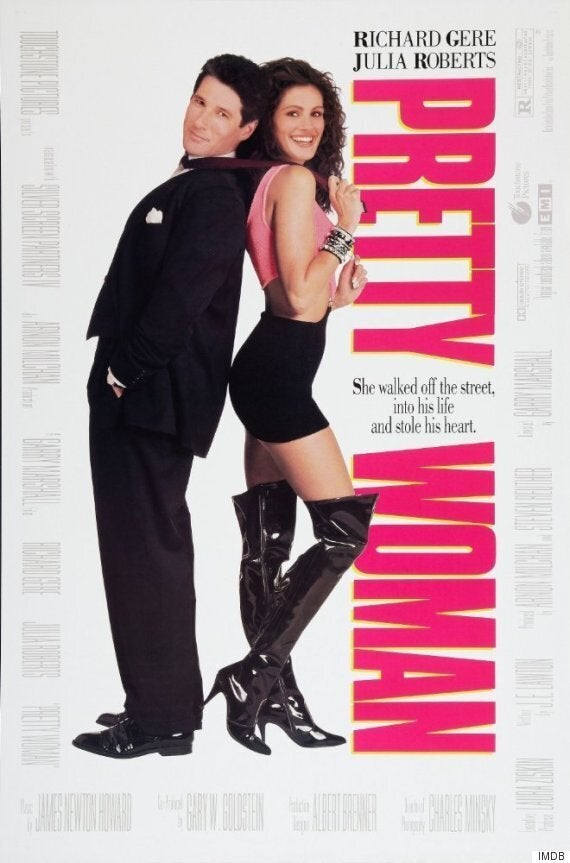
It’s surprising that Julia Roberts’ most famous role was one where she earned the least. The actress was paid just $300,000 for her role as Vivian Ward in “Pretty Woman” alongside Richard Gere. While Gere’s salary is unknown, it’s safe to say he made millions, considering his star power at the time and his previous earnings.
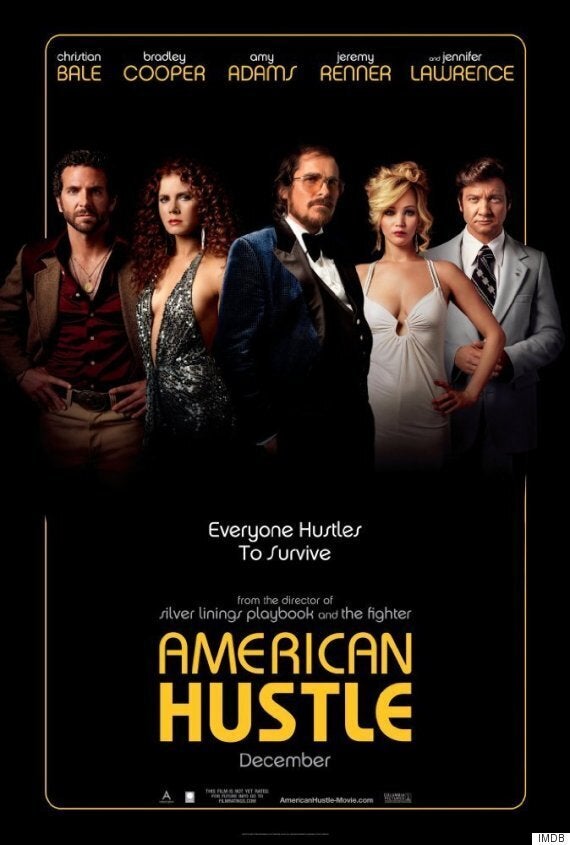
Jennifer Lawrence’s influence was incredibly strong in 2013, thanks to her two film franchises: “The Hunger Games” and “X-Men.” Despite this, she and Amy Adams received less pay than their male “American Hustle” costars, Bradley Cooper, Christian Bale and Jeremy Renner.
While JLaw and Adams received seven per cent of the film’s profits, the male leads received nine.
Lawrence spoke out about the disparity in an essay published on Lenny in 2015.
“When the Sony hack happened and I found out how much less I was being paid than the lucky people with dicks, I didn’t get mad at Sony. I got mad at myself,” she wrote. “I failed as a negotiator because I gave up early. I didn't want to keep fighting over millions of dollars that, frankly, due to two franchises, I don't need.”
“I would be lying if I didn't say there was an element of wanting to be liked that influenced my decision to close the deal without a real fight,” she continued. “I didn't want to seem ‘difficult’ or ‘spoiled.’ At the time, that seemed like a fine idea, until I saw the payroll on the Internet and realized every man I was working with definitely didn't worry about being ‘difficult’ or ‘spoiled.’”
Also on HuffPost
